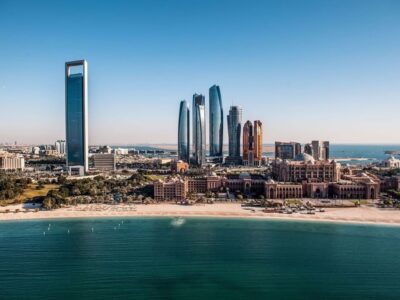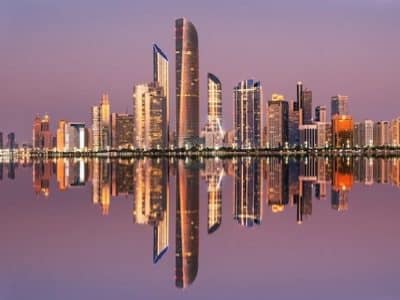Fitch Ratings has affirmed Bahrain’s long-term foreign and local currency Issuer Default Ratings (IDRs) at ‘A’ and ‘A+’ respectively, short-term foreign currency IDR at ‘F1’ and Country Ceiling at ‘A+’. The outlooks on the long-term IDRs are stable.
The stable outlook reflects the continued resilience of Bahrain’s economy and the banking sector to the stresses from the global downturn and regional property markets over the last two years. It also reflects the strong starting point for public finances in the context of the government’s planned fiscal expansion during 2011-12.
As per Fitch forecasts, the central government fiscal deficit will remain a wide 5.5% of GDP on average in 2011-12, and debt will increase to 38% of GDP by 2012, from 16.4% in 2008. Purvi Harlalka, director in Fitch’s Sovereign Group said: “However, even at these elevated levels, debt will remain below the forecast ‘A’ median, while net debt is appreciably lower.”
She added: “Bahrain’s track record of fiscal prudence has created enough fiscal space to accommodate a planned increase in capital spending. However, were debt to exhibit a sustained rise above 40% of GDP beyond 2012, it would compromise the kingdom’s credit strengths.”
Part of the increase in spending owes to a one-off $1.06bn (5.6% of GDP) plan to restructure Gulf Air, the loss-making national carrier, with the intent to return it to profitability within three years. However, infrastructure investment is also rising. Excluding capital spending, the current budget is planned to remain in small surplus. The authorities also plan to better target the distribution of subsidies, which may, however, prove politically difficult to execute.
The expanded 2011-12 budgets are based on a more realistic oil price assumption ($80 per barrel) than in the past ($40 for 2009-10). Fitch views this as a positive development as it helps improve fiscal transparency. However, it also means that downside risks to public finances from an unforeseen fall in oil prices have increased, given that the breakeven budget price ($98.5 on average over 2011-12) is much above current oil price levels. About 84% of budgetary revenues were accrued from the oil sector during 2008-2010. Government deposits of 19% of GDP, however, provide a substantial buffer, while the government has generally been quick to pare back capital expenditure at times of previous unforeseen oil price falls.
Diversification of the revenue base away from oil would be positive for ratings but oil dependency is set to increase over the next decade owing to plans to triple production from the Bahrain field, the smaller of Bahrain’s two existing oil fields. This, together with the incipient recovery in finance and construction, will buoy GDP growth to between 4% and 5% in 2011 and 2012 and public finances will also benefit. Nevertheless, growth is likely to remain subdued relative to the 7% rate witnessed during the boom in 2003-2008.
The lower growth trajectory partly reflects the revised business model of the financial sector, which has been de-leveraging and reorienting towards more conventional activities. This is especially visible in the wholesale banks whose assets have shrunk to 7x GDP in Q310 from 10.6x in 2007. The conventional retail banks have stopped contracting but remain cautious and liquid. Their non-performing loan ratio appears to be stabilising near 6%. The Islamic banks’ exposure to the property sector will continue to exert pressure on their asset quality.
However, Fitch expects the domestic banking sector to remain stable and profitable.
Fitch also considers political risk in Bahrain to be within the tolerance of its ‘A’ rating, despite the disquiet and mass arrests witnessed in the run up to the parliamentary elections held in October 2010. Supporters of the Sunni led government won the polls with a narrow 2 seat margin, a total of 40 seats were contested. However, the opposition retained all of its existing 17 seats and added one more to reach a total of 18.
Bahrain’s ‘A’ rating remains supported by its higher per capita income relative to the ‘A’ range median; business-friendly regulations; prudent policymaking which has resulted in macroeconomic stability; and its net external creditor position.






